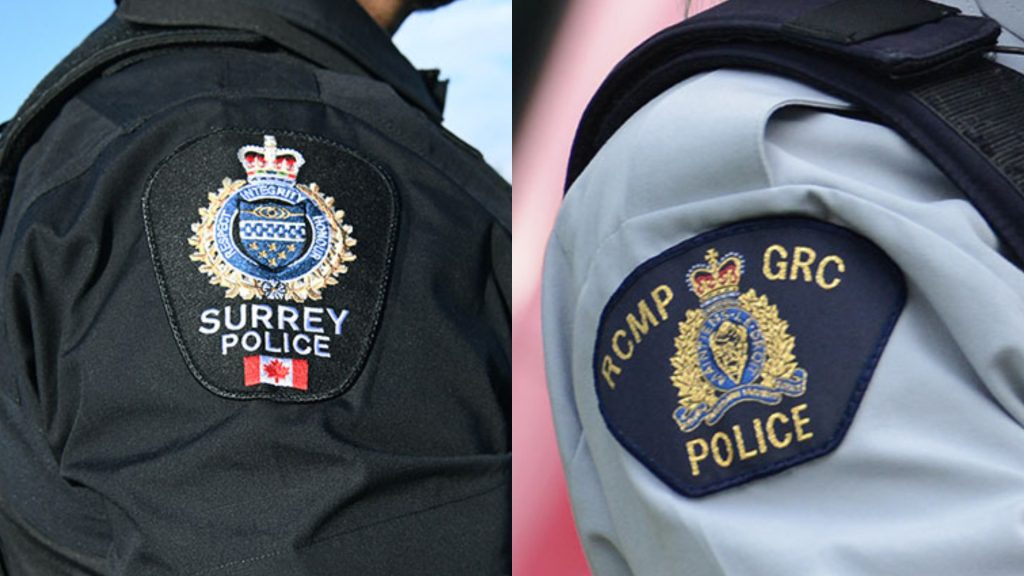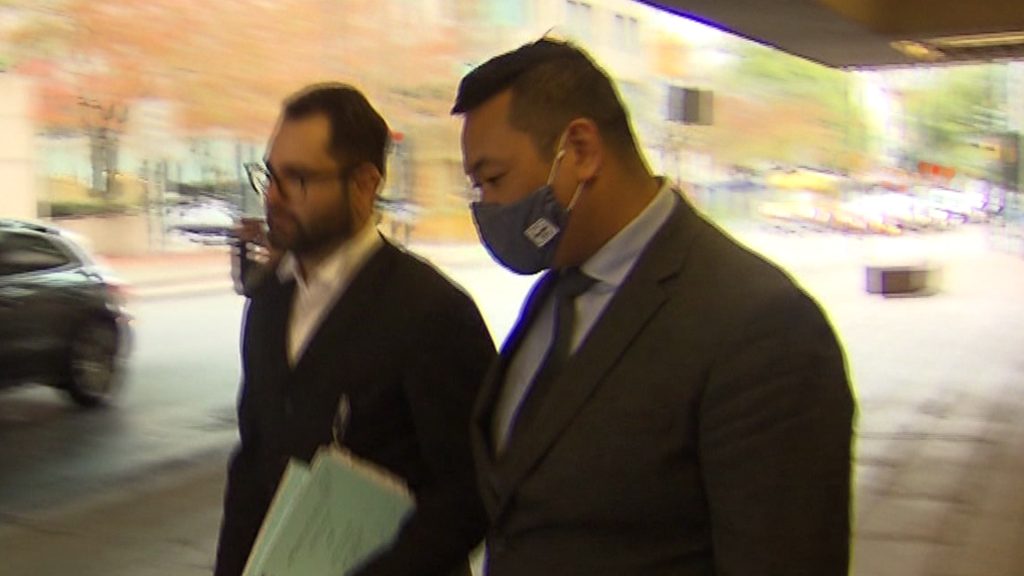Taiwan plane crash survivor says engine ‘did not feel right’ after takeoff
Posted February 3, 2015 8:34 pm.
This article is more than 5 years old.
TAIPEI, Taiwan – From the start of the flight in Taiwan’s capital, survivor Huang Jin-sun suspected trouble.
“There was some sound next to me. It did not feel right shortly after takeoff. The engine did not feel right,” the 72-year-old man told ETTV television Thursday from his hospital bed.
Huang was one of 15 people who survived when the TransAsia Airways turbojet carrying 58 people crashed Wednesday into a river minutes after taking off in Taipei. At least 32 people died and 11 are still missing.
Moments before the plane banked sharply and crashed, one of its pilots told the control tower, “Mayday, mayday, engine flameout,” according to an aviation official who asked not to be identified.
“Engine flameout” refers to flames being extinguished in the combustion chamber of the engine, so that it shuts down and no longer drives the propeller. Causes could include a lack of fuel or being struck by volcanic ash, a bird or some other object. “Mayday” is an international distress call.
The airline and the Taiwan Civil Aeronautical Administration have declined to speculate on the cause of the crash, the latest in a series of disasters befalling Asian airlines.
The ATR 72-600 plane, less than a year old, had one of its engines replaced by Pratt & Whitney Canada last April before it went into service because of a glitch with the original engine, the airline said.
The plane’s black boxes were recovered overnight and are likely to provide more clues.
Video images of Flight 235’s final moments in the air captured on car dashboard cameras appear to show the left engine’s propeller at standstill as the aircraft turned sharply, its wings becoming vertical and clipping a highway bridge before plunging into the Keelung River in Taipei.
Huang said he helped four other passengers unbuckle their seatbelts after the plane crashed and began sinking in the water.
“I saw others were drowning,” he said. “If I did not move quickly enough to help them, soon they would be dead.”
Also among the survivors was a family of three, including a 2-year-old boy whose heart stopped beating after three minutes under water. He recovered after receiving CPR, his uncle Lin Ming-yi told reporters.
The pilots’ actions in the flight’s final moments have led to speculation that they attempted to avoid high-rise buildings by following the line of the river and then banked sharply in an attempt to bring it down in the water rather than crash on land.
Taipei Mayor Ko Wen-je praised pilot Liao Chien-tsung as a hero for having avoided crashing into buildings or major infrastructure.
“We really have to thank that pilot,” Ko said. “He really tried his hardest.”
Divers searched the river Thursday for the remaining 11 people on board, including the two pilots. A crane was used to bring the rear section of the plane to the shore Wednesday night.
Police diver Cheng Ying-chih said search was hampered by low visibility in the turbid river and cold water temperatures that forced divers to work in one-hour shifts.
By midday Thursday, about a dozen relatives of Taiwanese victims arrived at the riverbank to perform traditional mourning rituals. Accompanied by Buddhist monks ringing brass bells, they bowed toward the river and held aloft cloth inscriptions tied to pieces of bamboo meant to guide the spirits of the dead to rest.
Relatives of some of the 31 passengers from mainland China reached Taipei on a charter flight Thursday afternoon.
Taiwan President Ma Ying-jeou visited two Taipei hospitals Thursday to check on the condition of people injured in the crash and stopped by a morgue to comfort relatives of the victims, his office said.
“This kind of air safety incident not only wrecks countless happy families but also affects trust in our tourism climate among tourists from outside Taiwan,” it said in a statement. “We must undergo this bitter experience and make all-out improvements.”
The ATR 72-600 is the most modern version of the plane manufactured by ATR, a joint venture between European aircraft giant Airbus and Italian aerospace company Alenia Aermacchi. About 1,200 of the planes are currently in use worldwide.
TransAsia Airways is Taiwan’s third biggest airline by fleet size after China Airlines and Eva Air. The pilot had 4,900 hours of flying experience, said Lin Chih-ming of the Civil Aeronautics Administration.
A team from ATR was being sent to Taiwan to help in the investigation.
___
Associated Press writers Christopher Bodeen and Ian Mader in Beijing, and Greg Keller in Paris contributed to this report.










